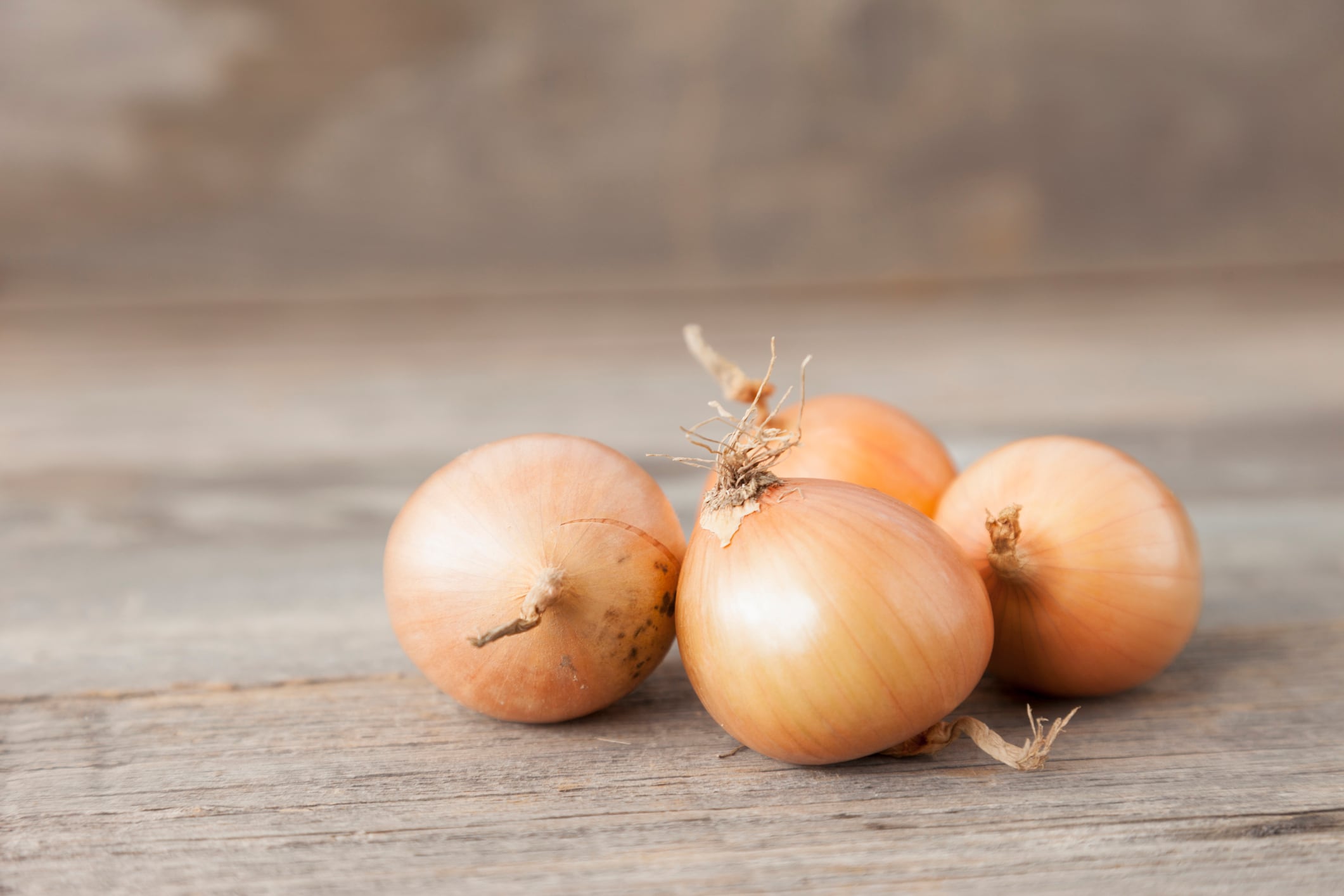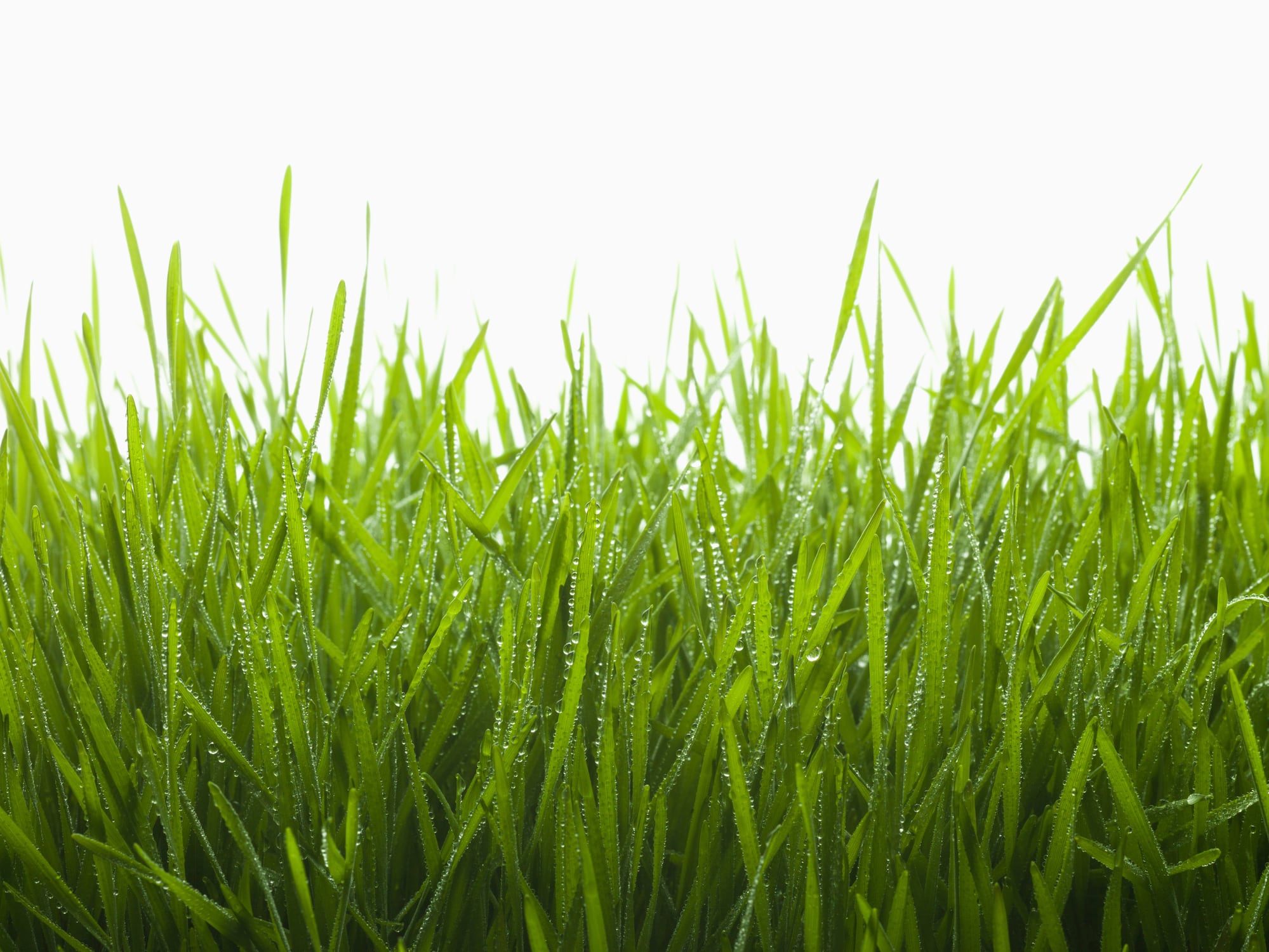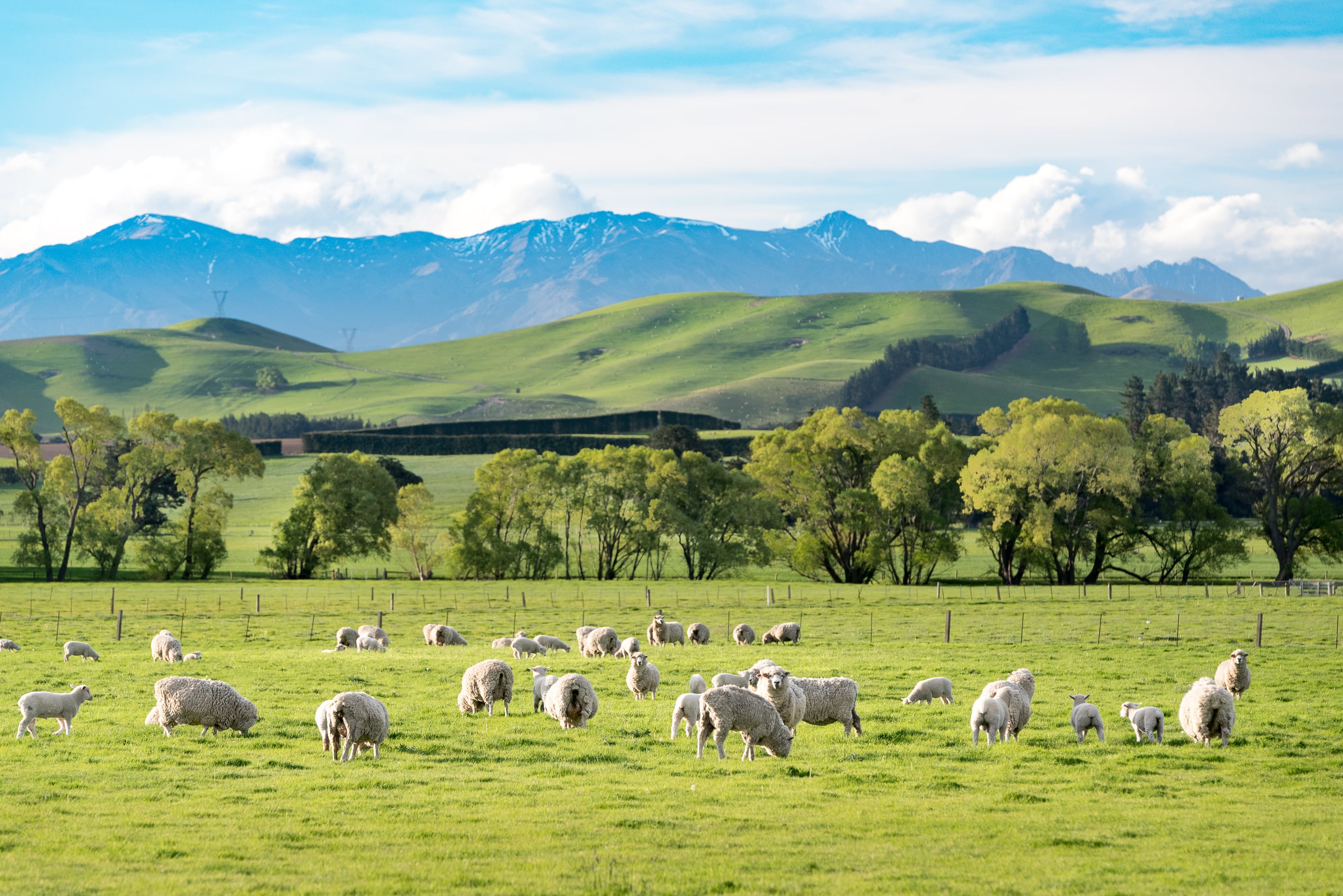Researchers from North Carolina A&T State University found that adding 5% onion peel to forage-heavy cow diets reduced methane emissions and boosted the digestibility of nutrients.
Onion peel, a by-product of the onion processing industry, is rich in natural chemicals like flavonoids and sulphur compounds. These substances have antimicrobial properties, meaning they can change the behaviour of microbes in a cow’s stomach — specifically in the rumen, where fermentation happens. By tweaking this microbial activity, onion peel appears to reduce methane, a major GHG, while helping cows get more energy from their feed.
With livestock contributing up to 14% of global GHG emissions — and methane being a particularly potent gas — solutions like these are gaining attention across agriculture and food sectors.
Details of the experiment
The researchers tested two types of cattle diets: one high in concentrates (such as grains) and one high in forage (mainly corn silage). They added different amounts of onion peel — 2.5%, 5%, 7.5%, and 10% — and monitored the effects over 48 hours of incubation, using rumen fluid from cows.
They measured several outcomes total gas production, methane and carbon dioxide emissions, ammonia and hydrogen sulphide production, and degradability of dry matter and fibre components.
The most promising results came when 5% onion peel was added to the high-forage diet. Methane emissions dropped significantly, while fibre digestibility improved. This showed that including onion peel at the right level can improve the way cows break down feed while cutting harmful emissions, which is a major gain for both productivity and sustainability.
Onion peel works better with forage diets
The finding that onion peel worked better when added to forage-heavy diets compared to concentrate-heavy ones was considered one of the study’s most important findings.
In high-concentrate diets, onion peel can sometimes lead to an increase in gas production, including methane, particularly at higher levels like 7.5% and 10%. This is likely because too many bioactive compounds — such as allicin and kaempferol — can disrupt the rumen microbes that help digest feed.
However, when added to forage diets, onion peel at 5% consistently reduced methane emissions and helped cows digest tough plant fibres more effectively. The researchers stated that this made sense because fibre-digesting bacteria were crucial in forage digestion, and onion peel seemed to support their activity at the right dose.
Still, the researchers warned that adding too much onion peel (7.5% or more) could have the opposite effect, especially in concentrate diets, by overwhelming the rumen with antimicrobial compounds and hurting digestion.
Onion peel offers sustainable and commercial advantages
The global onion industry generates millions of tonnes of peel waste each year, with much of it discarded. In the US alone, about three million tons of onions are produced annually, translating to a significant volume of unused biomass.
Turning this waste into a valuable livestock feed ingredient could benefit both farmers and the environment. As onion peel is widely available and typically under-utilised, repurposing it as a feed additive not only cuts waste but could lower feed costs and contribute to climate goals.
Importantly, the study found that adding onion peel did not harm the production of volatile fatty acids (VFA) over time. VFAs are critical for cow energy metabolism and milk production, meaning cows would continue to produce milk efficiently even when their diets are modified with onion peel.
The bioactive compounds in onion peel also offer extra benefits, such as antioxidant effects, which could help protect beneficial microbes in the rumen and improve animal health.
Reducing methane without sacrificing productivity
Methane reduction often comes with trade-offs. Some additives that lower methane also reduce feed intake, slow growth, or hurt milk yield. However, this study showed that onion peel could reduce methane without negatively affecting fermentation or energy production over time.
This is an important selling point for the dairy and beef industries, which are under growing pressure to cut emissions but cannot afford to compromise productivity.
By promoting the production of key VFAs like acetate and propionate, onion peel could also support better milk fat and lactose production, two crucial factors for dairy profitability.
Next steps for research and development
The researchers called for further studies in several areas. These included testing in live cows to confirm methane reduction and monitor long-term health effects, as well as economic analysis to compare the costs of collecting, processing, and using onion peel versus other feed additives.
They added that there should be more research in the standardisation of processing to ensure consistent quality and effectiveness, as well as investigation into other bioactive effects, such as impacts on immune function or gut health.
At the same time, there is growing interest in combining onion peel with other natural additives, like yeast extracts or essential oils, to create even more powerful feed supplements. Early signs suggest that combining phytogenic additives could offer additive or even synergistic benefits for rumen function and methane mitigation.
A natural solution for a greener future
The study strengthens the case for using phytogenic feed additives — plant-based substances — as a sustainable way to boost livestock productivity while cutting greenhouse gas emissions. For feed manufacturers, suppliers, and dairy producers, onion peel offers a low-cost, scalable option that fits into current operations with minimal disruption.
Source: Animals
“Effects of Onion Peel Inclusion on In Vitro Fermentation, Methane and Carbon Dioxide Emissions, and Nutrient Degradability in Dairy Cow Diets”
https://doi.org/10.3390/ani15070969
Authors: Lydia K Olagunju, et al.




